So maybe you are a triathlete and wondered what was all this adventure racing malarkey about. Is it the same as triathlon and what do I need to make the transition, even just to try it out.
Main Differences
In no particular order, the disciplines.
On the surface of it, they are quite similar, you run and cycle. There is no swim but there is kayaking. Unlike triathlon where they are traditionally ordered swim, cycle & run, there is no set order in Adventure racing, they can be any order with any frequency of repetition. Although note, the kayak section is only done once per race.
Terrain
For the cycle, you can be brought through a whole myriad of surfaces, from flat smooth tarmac, to secondary roads with potholes and grass running up the middle. There will most likely be a good few climbs thrown in for good measure to test your steel.
For the run, you again can be brought through anything from flat round, through forestry, along beaches, fell, rivers, up mountains, basically anywhere your feet can bring you.
We will go through the kayak section shortly. And trust me this is the easiest and best craic of the lot.
Transitions
In triathlon, you will transition twice. Once after the swim before the bike, and once after the bike before the run section. In adventure racing there can be as many as 8 transitions depending on the distance race you choose.
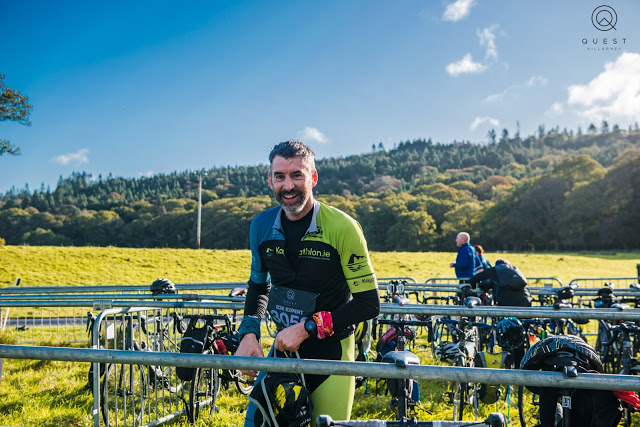
Distances
There are 3 core distances available: Challenge, Sport & Expert
The Challenge
This can be anywhere from 18km to 25km in total. These are quick and snappy races, much like the try-a-tri, aimed at beginners or those with a base fitness level where the ability to run a comfortable 5km would be perfect. These are usually done and dusted between 1hour and 1hr 30m depending on your personal speed.
The Sport
This is usually between from 40k to 50km. These are aimed at main stream athletes. If you can complete a standard triathlon, you should be well able for this. These usually consist of at least 3-6 stages, so you will be entering a new level of heavy leg syndrome but with some brick training sessions, you can help minor this.
The Elite
This is the one that will test you the most. Averaging anywhere from 50-83km with anywhere up to 8 stages. Depending on the course and your level of fitness, it can take anywhere between 3.5hr to 6hrs. You will encounter extreme verticals on foot over rugged terrains and most likely bike too. If you have done Iron-mans or half iron mans, well this is definitely the one for you.
So in the transitions, for the vast majority of races, unlike triathlon, you do not have a designated position. It works on a first in first served basis unless otherwise stated.

Gear/Equipment
So what kit do I need? Well its quite straight forward actually. A bike/helmet, pair of trail runners and some nutrition. That’s it. TT bikes may not be allowed. Some events will allow them, but the vast majority wont for a whole host of reasons. Mostly it’s done for safety.
The kayak and all its equipment is provided i.e. the paddle/oar, and life jacket and of course the kayak. Some races will allow you to bring your own kayak but you will need to check with event guidelines. The standard kayak is a duel seated one. This is excellent for first timers as you can seek out a more experienced kayaker, you can be guided through but in fairness it’s easy. Note, the less experienced kayaker should go up front.
Clothing
First up Runners V Cleats
Runners….road runners are not advisable. Get a pair of trail runners. It’s Ireland. We have mud 11 months of the year and you will be traversing across terrain that will require a lot more grip than what a road runner can handle.
Cleats… This is totally up to yourself whether you use these or not, but you will have to carry your runners with you, should you choose cleats and a lot of time can be wasted changing back and forth. It can pay dividends if you race has some long cycle legs.
If you choose runners over cleats, it might be worth getting cages on your pedals so you can recover some of that lost energy. See our blog on this subject
Tri-suits, speed-suits, top & bibshorts
In triathlon, it’s the done thing to wear a tri-suit, In adventure racing, it is too. There are varying other options like speed suits, bib-shorts, leggings. The key here is to be comfortable, as you may be in them for longer than your average triathlon and they may get wet throughout the race. Our advise too, is to wear tight fitting clothing as you will most likely be up the side of a mountain and loose clothes will end up flapping in the wind.
Bike
The standard road bike is the way to go. The majority of events will not allow TT bikes/handlebars. As some of the roads maybe quite rough, you may want to think twice about bring your pride and joy out for a spin.
Kayak
All your equipment is provided i.e. Kayak, life vest, paddle. They are, for the most part, 2 person kayaks. The more experienced partner should go on the back. All the direction turning is done from the back. The person up front simply paddles, left, right, left, right. You will pick it up in 30 seconds. The kayaks themselves are quite robust and are designed to keep you on board. The distance is usually 1km which is a triangular course but can vary in distance depending on the event itself. It can take anywhere from 8 – 15 mins depending on how efficient you are at cutting through the waves. You are usually paired up with the person you are beside when you arrive at the waters edge. In most races though, the leading 5 in each race, will have single kayaks, and these are put aside for them. So if you are in the top 5, make sure to let the officials know.
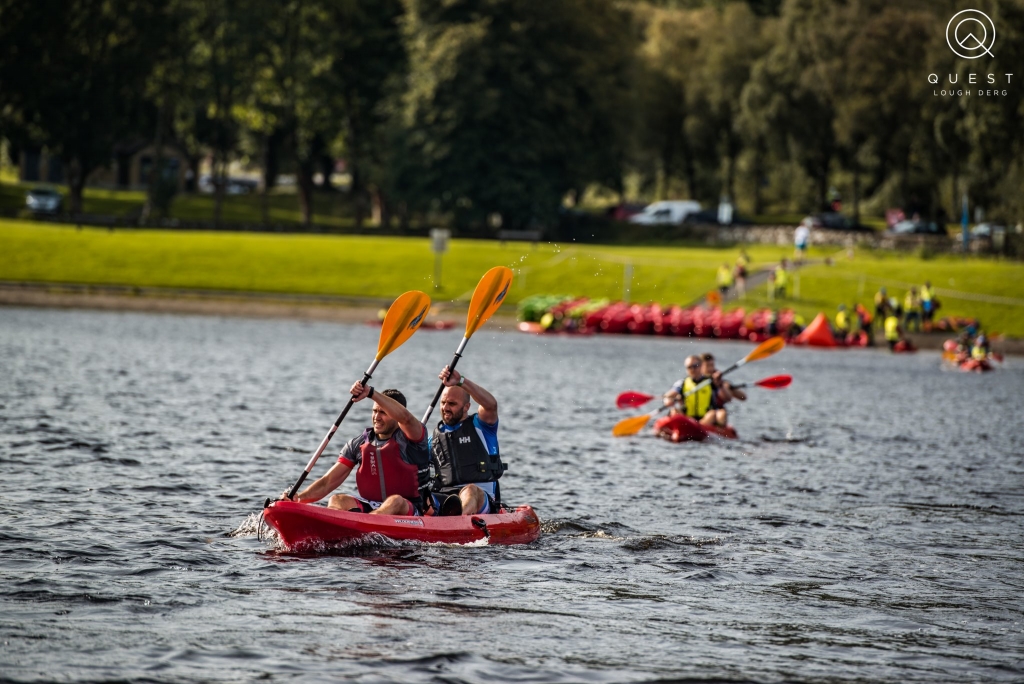
Drafting
Wheel sucking! Drafting! Call it what you will. Some races allow it, some don’t. If you are to do it, it’s advisable you do it with someone who is experienced as you will come across a lot of inexperienced cyclists and well, we needed have to tell you what might happen.
Licensing
Unlike triathlon, you do not require a license to race. All fee’s are included in your entry fee.

Mandatory kit
These vary from race to race, but usually comprise of medical dressing, survival foil sheet, whistle, adequate nutrition. Without them, you wont be able to race. They are usually checked before you head into the starting area. The reason you require these is the fact that the courses can be quite spread out, in some remote areas, and in the case of an accident, you will need to this to keep you stable till help arrives.
Nutrition
This one is entirely up you. Everyone is different. Just think, calories burned V calorie intake V duration out on course. You cannot run a car without any fuel in the tank. Gels, energy blocks, jellies, carb drinks, fruit. There are loads of options out there. Also think, you need to carry this with you. So be sensible. Many people use hydration vests. These allow you store drinks, food and kit. You may choose to carry this in your cycling jersey pockets. Think of this way, you can store food on your bike, how long will it take you to get back to your bike.
Race chipping
You will be chipped in one for or another depending on the race, so your times will be recorded.
Know your course
Adventure racing by the very essence of the name is an adventure. There is nothing flat, standard or straight forward about the terrain you are about to attack. It helps to know the course. Do your research!

After party
Yes, this comes part and parcel of the races. The vast majority of races, there is a post race carnival type atmosphere. Lap it up!
So in summary,
A standard triathlete, apart from the normal triathlon equipment, will need…
A non TT Bike and a pair of trail runners. You can leave the wet-suit at home 🙂
Continental National Adventure Race Series
There is an annual nationwide race series that will appeal to the more competitive triathlete.
Click here for more info

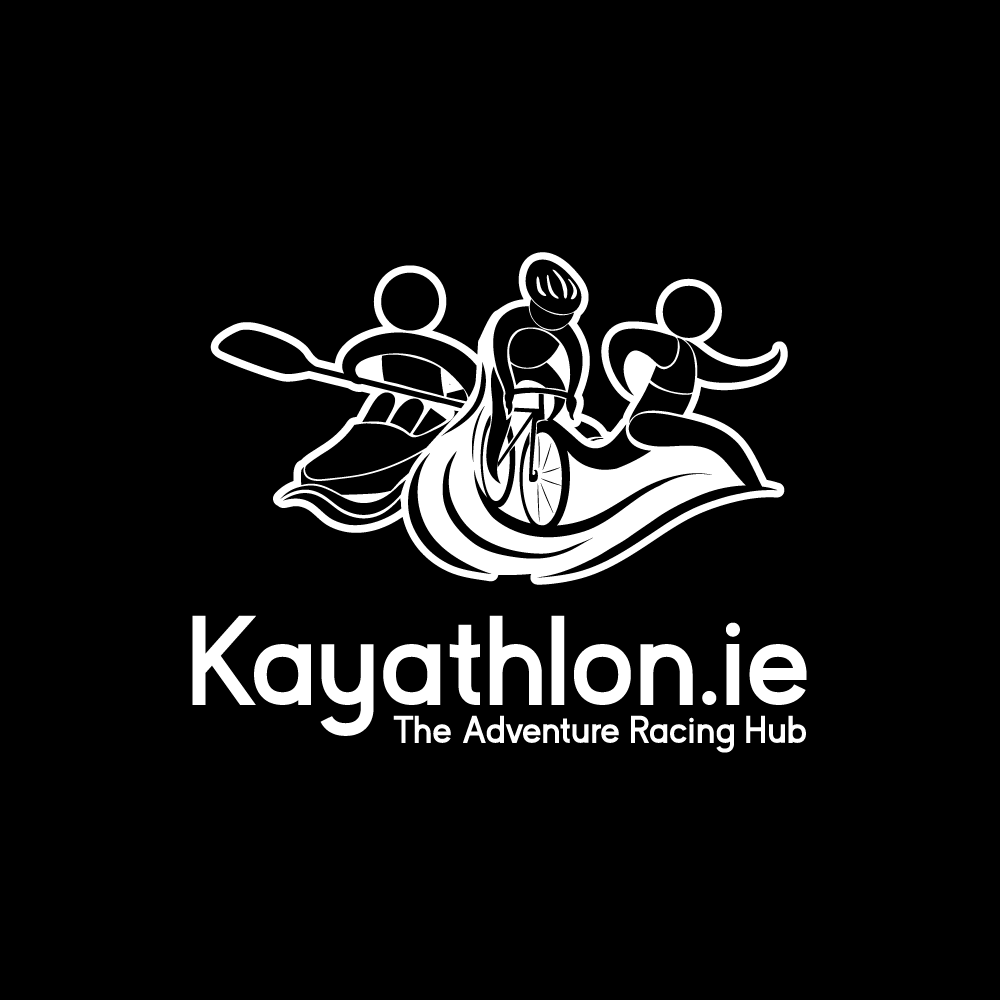


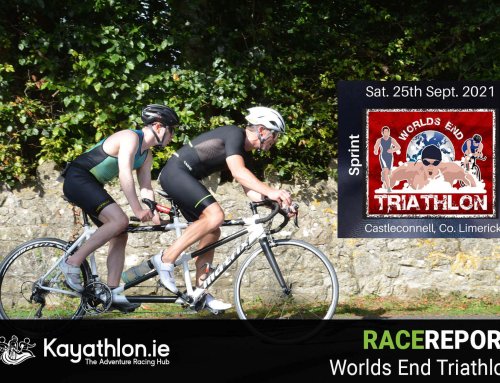


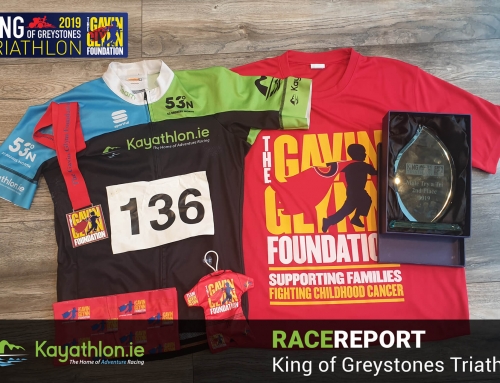

Leave A Comment